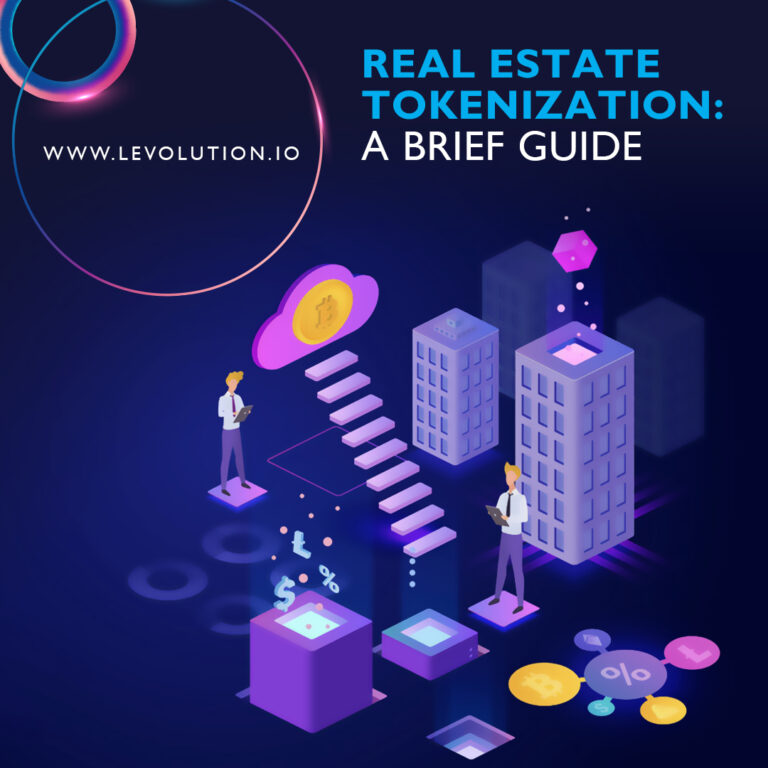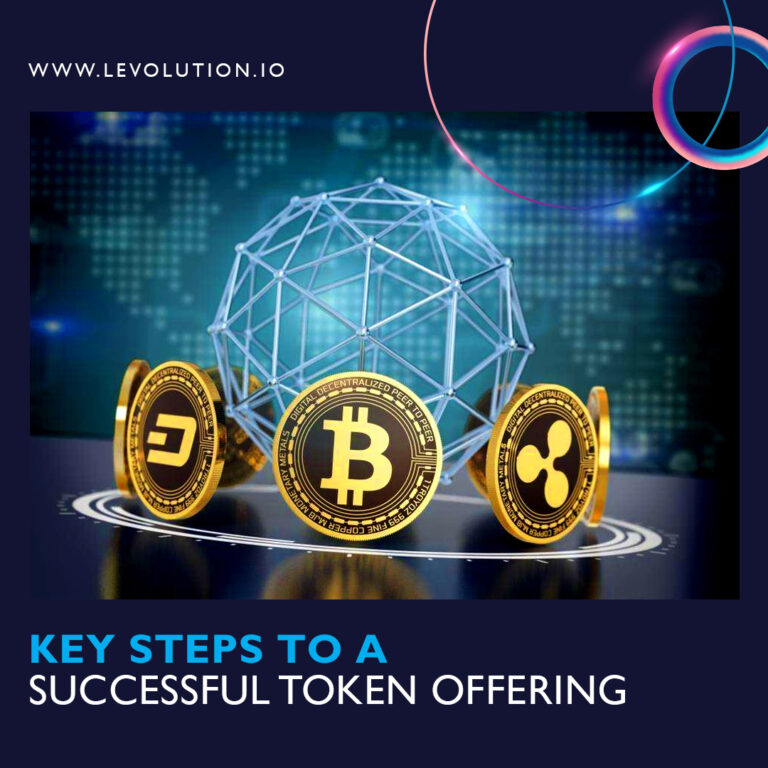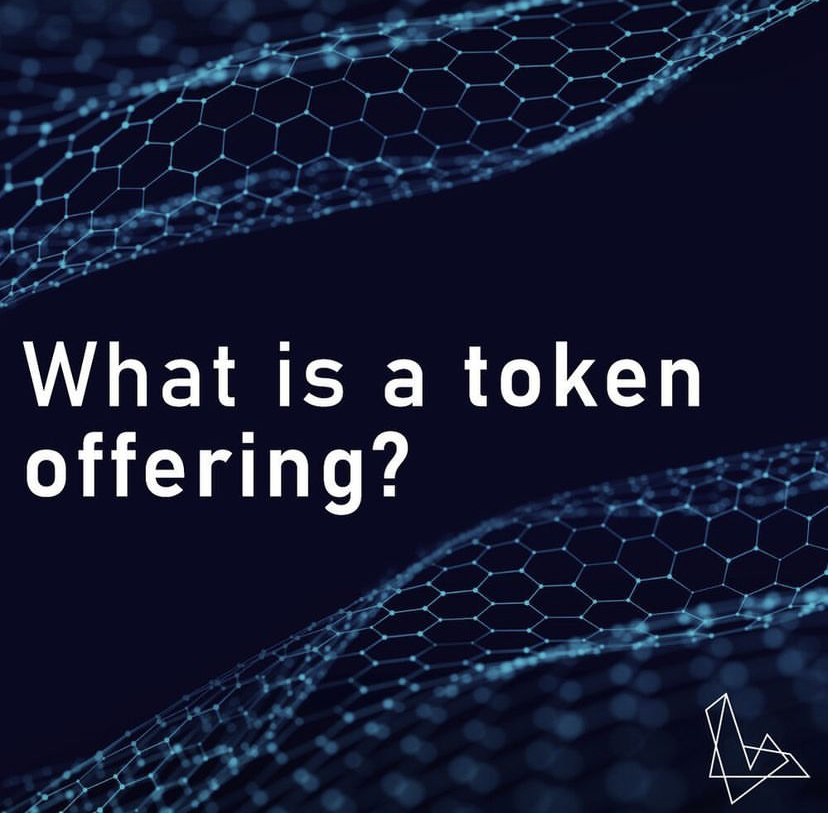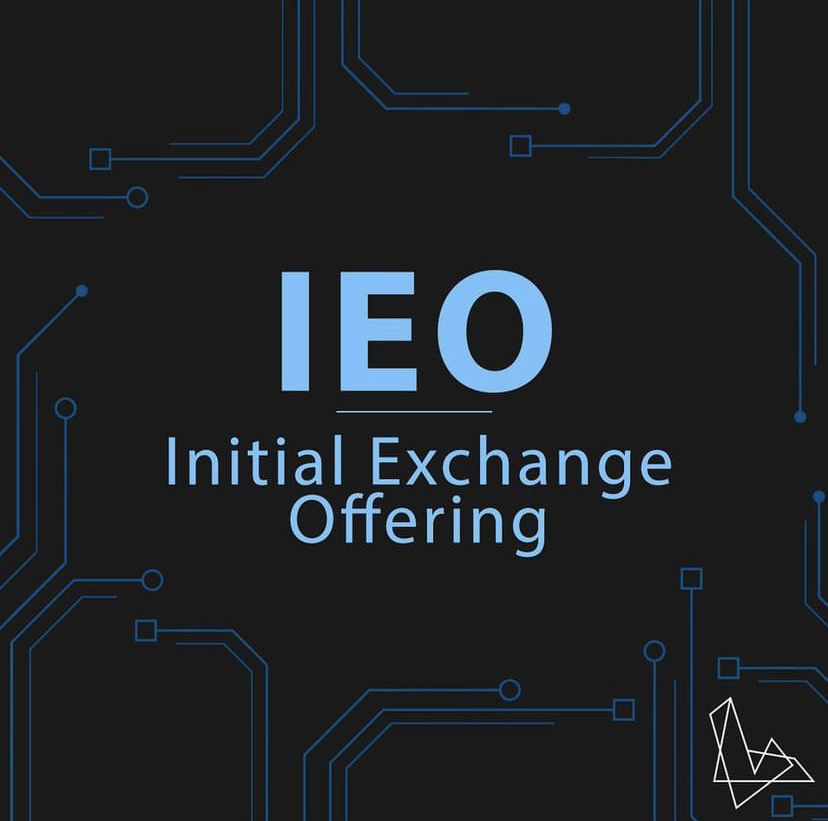Introduction
If there is an investment that has continued to stand the test of time, it is real estate. The real estate industry has indeed undergone some high-profile boom-bust cycles. Still, it ultimately stands up there with gold as an asset that not only holds value but appreciates over time.
The reason for this is not far-fetched. Land, which is the primary real estate asset, is a limited resource, and the contending factors for this resource are making it more valuable as time goes by. The effect of climate change, a burgeoning global population, destruction of arable lands by deforestation, and usage for industrial uses are factors that have combined to make real estate a resource for the present and the future. Even the tech billionaires of our time, such as Bill Gates and Jeff Bezos, are buying up land in record amounts.
This article discusses real estate tokenization and the potentials that it could bring to active players in this new ecosystem.
What is Real Estate Tokenization?
Real estate tokenization refers to the process of creating and partitioning pieces of real estate assets into smaller units, which are then quantified and allocated as blockchain-based tokens.
Real estate has traditionally been treated as a single, indivisible asset. Real estate tokenization changes this outlook, allowing multiple investors to own portions of a real estate project in clearly definable parts.
Each token can represent a single real estate unit (such as a plot of land, an acre of land, etc.), or it could mean a collection of units used to represent the allotted real estate asset. (e.g. plots of land, acres/hectares of land or even rooms in a luxury hotel). These tokenized units can be listed and traded on a crypto exchange.




